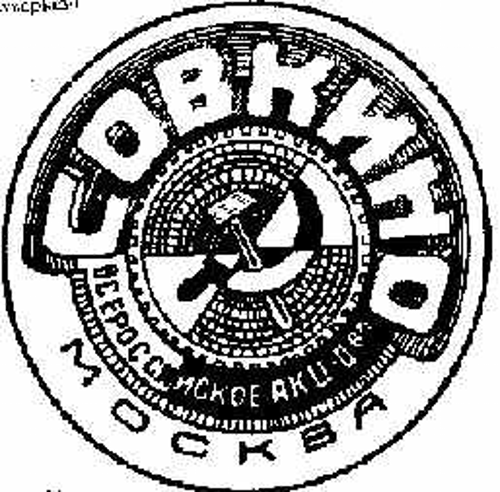
1966 star_border 3.7
playlist_add 
1935
playlist_add 
1932 star_border 4.4
playlist_add 
1931
playlist_add 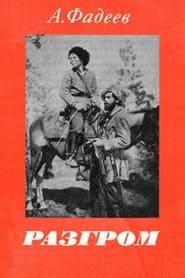
1931
playlist_add 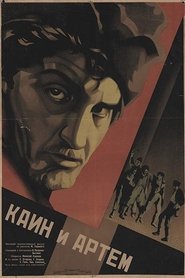
1930 star_border 7
playlist_add 
1930 star_border 5.8
playlist_add 
1929 star_border 3.4
playlist_add 
1929 star_border 4.9
playlist_add 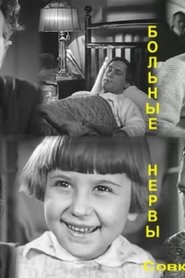
1929
playlist_add 
1929
playlist_add 
1929 star_border 5.8
playlist_add 
1929 star_border 6.5
playlist_add 
1929 star_border 6.5
playlist_add 
1929
playlist_add 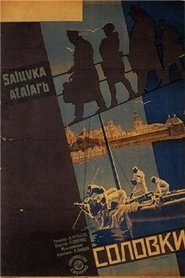
1929
playlist_add 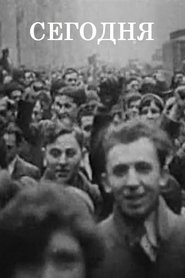
1929 star_border 6.4
playlist_add 
1929
playlist_add 
1929 star_border 5
playlist_add 
1929
playlist_add Show more
expand_more
